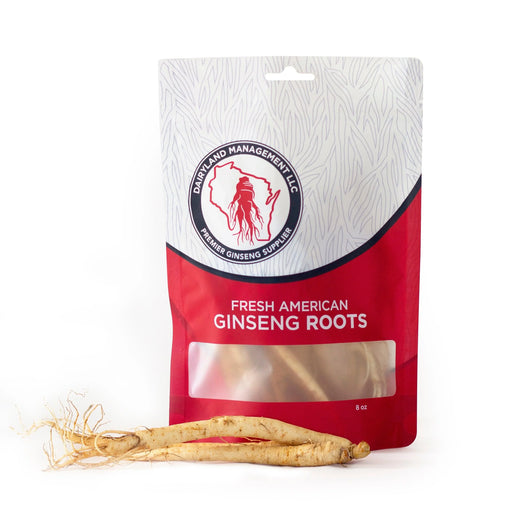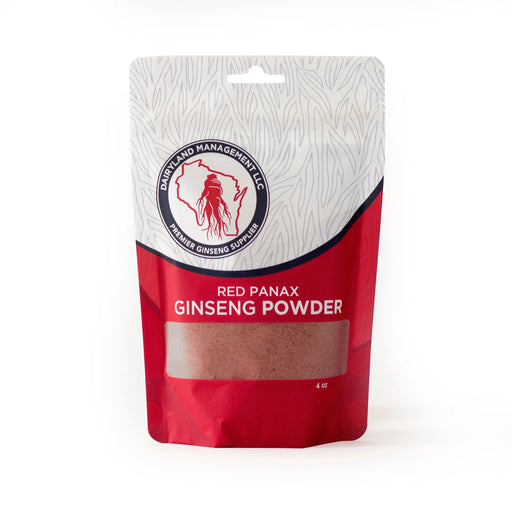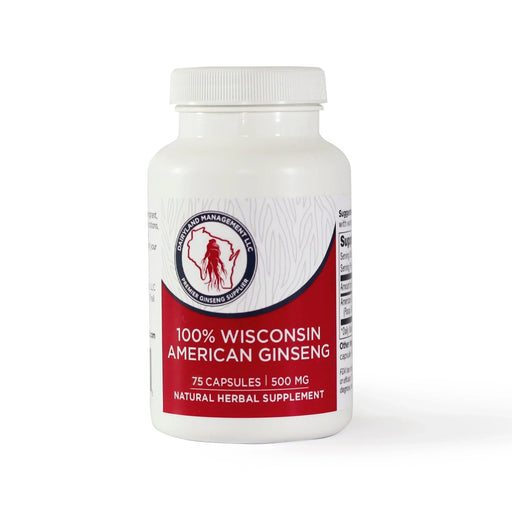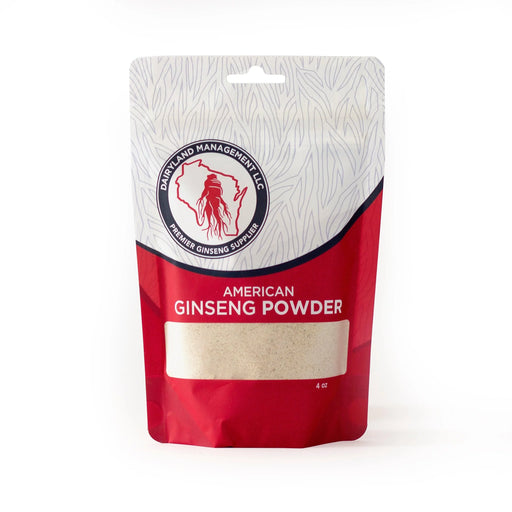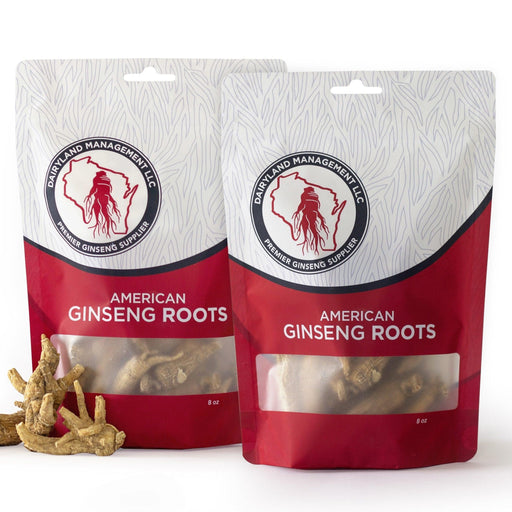What Is the Difference Between Wild, Cultivated, and Woods-Grown Ginseng?
Ginseng can be classified into three main categories based on how and where it is grown: wild, cultivated, and woods-grown. Each type has distinct characteristics in terms of appearance, potency, and cultivation methods.
Wild Ginseng
- Location: Found naturally in forests, primarily in North America and parts of Asia.
- Growth: Grows without human intervention, relying entirely on natural conditions.
- Appearance: Wild ginseng roots are often smaller, irregularly shaped, and darker in color, with pronounced growth rings, giving them an aged and rugged look.
- Potency: Highly prized for its high concentration of ginsenosides due to its slow, natural growth.
- Rarity: Overharvesting has made wild ginseng rare and endangered in many areas, significantly increasing its value.
- Cost: Wild ginseng is the most expensive due to its scarcity and unique properties.
Cultivated Ginseng
- Location: Grown on farms, often in specially prepared fields with shade cloths to mimic forest conditions.
- Growth: Managed and harvested in controlled environments, typically in nutrient-rich soil.
- Appearance: Cultivated roots are larger, more uniform, and lighter in color than wild ginseng.
- Potency: Contains high levels of beneficial compounds but may lack the complexity of wild ginseng due to faster growth.
- Cost: More affordable than wild ginseng and widely available.
- Regions: Wisconsin is a leading producer, known for its high-quality cultivated American ginseng.
Woods-Grown Ginseng
- Location: Grown in natural forest environments, often in shaded areas under trees, but with some human intervention.
- Growth: Planted and tended to by growers, but allowed to grow in natural forest conditions, blending characteristics of both wild and cultivated ginseng.
- Appearance: Resembles wild ginseng, with irregular shapes and darker tones, but may be slightly more uniform.
- Potency: Often closer to wild ginseng in quality and potency due to the natural growing conditions.
- Cost: More affordable than wild ginseng but typically more expensive than cultivated ginseng.
- Sustainability: Offers a middle ground, providing a high-quality product while reducing the impact on wild populations.
Key Differences
- Wild Ginseng: Naturally grown, rare, and highly valued for its potency and irregular appearance.
- Cultivated Ginseng: Farm-grown with controlled conditions, larger roots, and widely available.
- Woods-Grown Ginseng: A hybrid approach, grown in forest environments with human guidance, offering wild-like quality without the scarcity.
When choosing ginseng, consider your needs, budget, and environmental impact. Woods-grown and cultivated ginseng offer sustainable options, while wild ginseng is reserved for those seeking rarity and premium quality.

